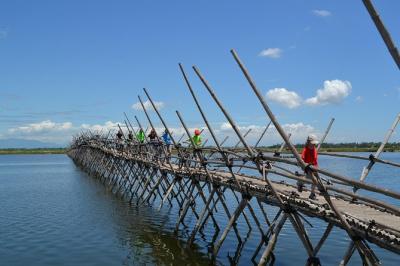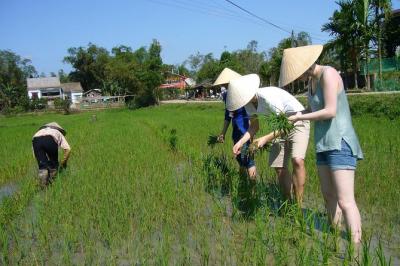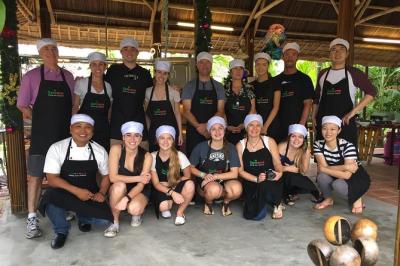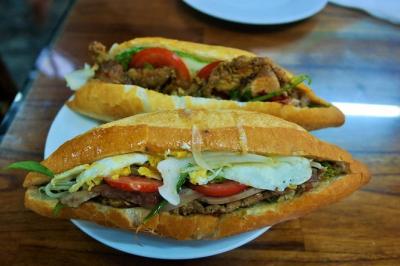Information / History & Culture
A little Bit Of Historical And Cultural Heritage
Hoi An's History can be traced back to the Cham or people of Champa that controlled the spice trade from seventh to the tenth centuries. These Austronesian-speaking people built the Champa empire which now owns a significant place in the central and lower Vietnam, especially from Hue to Nha Trang. Before the fourteenth century, Hoi An was the commercial capital, My So'n, the spiritual capital and Tra Kieu, the political capital of the Champa Empire.
In the early 1500s, Antonio de Faria, a Portuguese explorer came to Da Nang and tried to establish a trading center in Faifo. In some time around 1595, Nguyen Lord Nguyen Hoang founded Hoi An as a trading port. Hoi An thereafter flourished as a trading port and became the most important port on the East Vietnam Sea. By the eighteenth century, Hoi An was being considered as the best trading port in all of South-East Asia. The city grew in prominence as a powerful trade medium, especially of the ceramic industry, between Europe, India, Japan, and China. Some major shipwrecks discoveries have pointed out to the transportation of ceramics from Hoi An to as far as Sinai, Egypt. However, the end of the eighteenth century saw the decline of the Nguyen Rule following the Tay So'n rebellion that opposed foreign trade. Hoi An's importance declined sharply during the period. During the time, the French gained exclusive trading rights to the nearby port Da Nang as a repayment of their aid, under the rule of Gia Long, and Hoi An got pushed further backwaters. Resultantly, it remained nearly untouched by any development in Vietnam over the next two hundred years.
The city became a major tourist attraction because of its traditional architecture, history, and crafts such as textiles and ceramics. Plus, the port mouth and boats still ply in service of the fishing and tourism industry.
Hoi An's culture revolves around its Ancient Town, also a UNESCO World Cultural Heritage site. The city is especially known for its great state of preservation with its old streets bordered by houses portraying traditional architecture, pagodas, assembly halls, temples, tombs, and a unique concentration of ancient wells. Hoi An's architecture sees harmonious influences of the Chinese, Japanese, and Vietnamese style of architecture. Now, centuries later, Hoi An is still proudly respectful of its folk festivals, traditions, beliefs, and an urbane culinary art. The buildings of the Ancient Town, which saw restoration at the beginning of the 19th century, are constructed using mostly wood, bricks, and run up to no more than two floors.
Hoi An has developed into the melting pot of various nationalities, bringing their own cultures and featuring co-existence of aboriginal customs and traditions with foreign habits. For the natives, Hoi An is a city that constitutes a family of many descendants of hospitable dwellers, children respectful of traditions, kind hosts and hostesses, and so on. The city's beliefs and faiths also see worship idols of natural phenomena like wind, thunder, and rain alongside the worship of Holy Protectors like Quan Cong, Thien Hau, Avalokitesvara, and Bao Sinh Dai De, especially among the Chinese fraternity.
Featured Tours In Hoi An

Real Vietnam Bicycle Tour from Hoi An
$44 ^
per person

Mountain Bike Riding from Hoi An
$49 ^
per person

Afternoon Countryside Bike Tour from Hoi An
$19 ^
per person

Sabirama Cooking Class
$45 ^
per person

Hoi An Food Tour by Motorbike with Tastings and Dinner
$45 ^
per person

